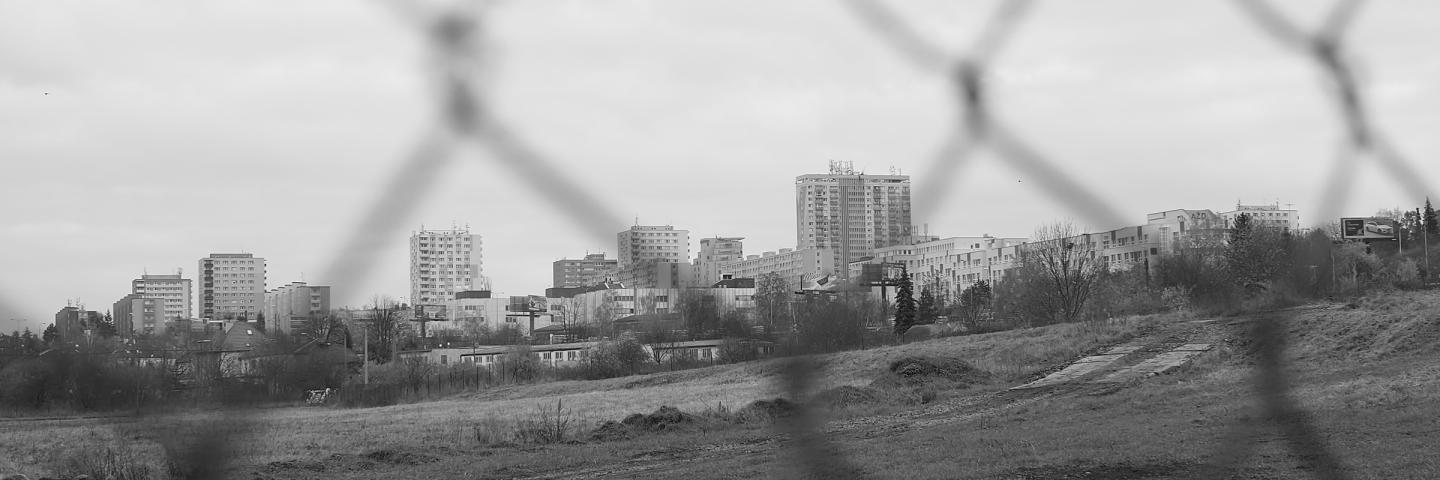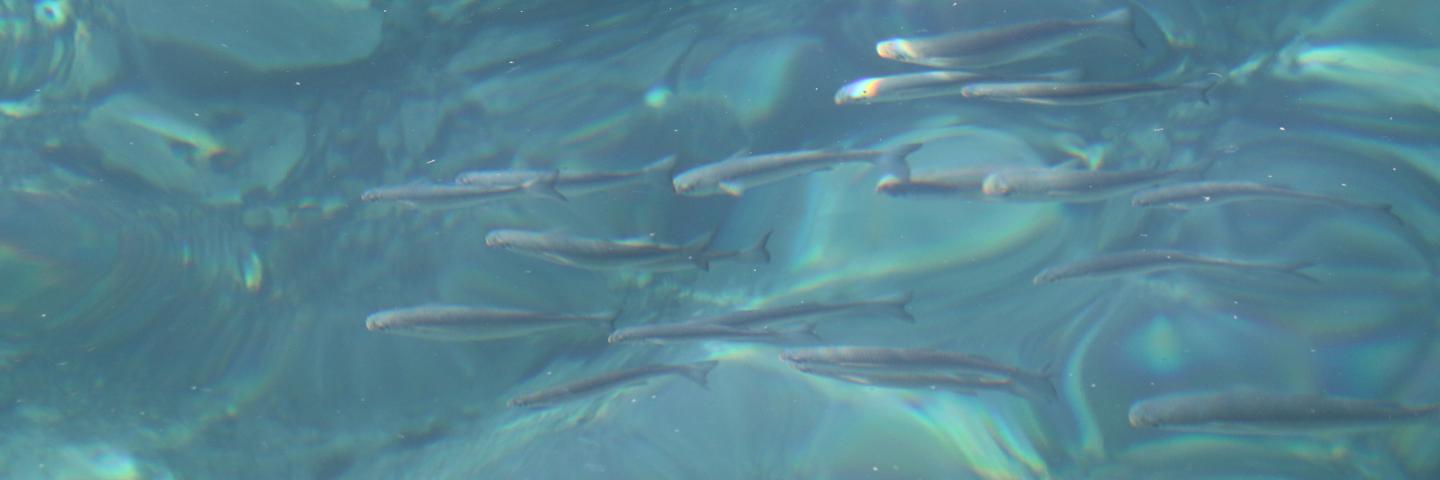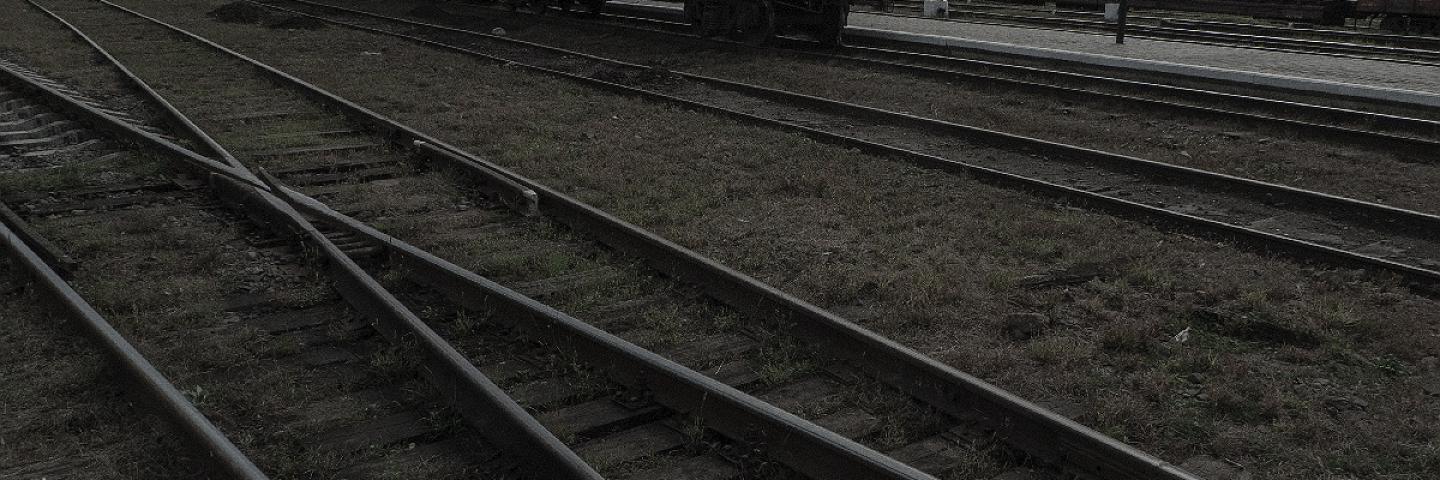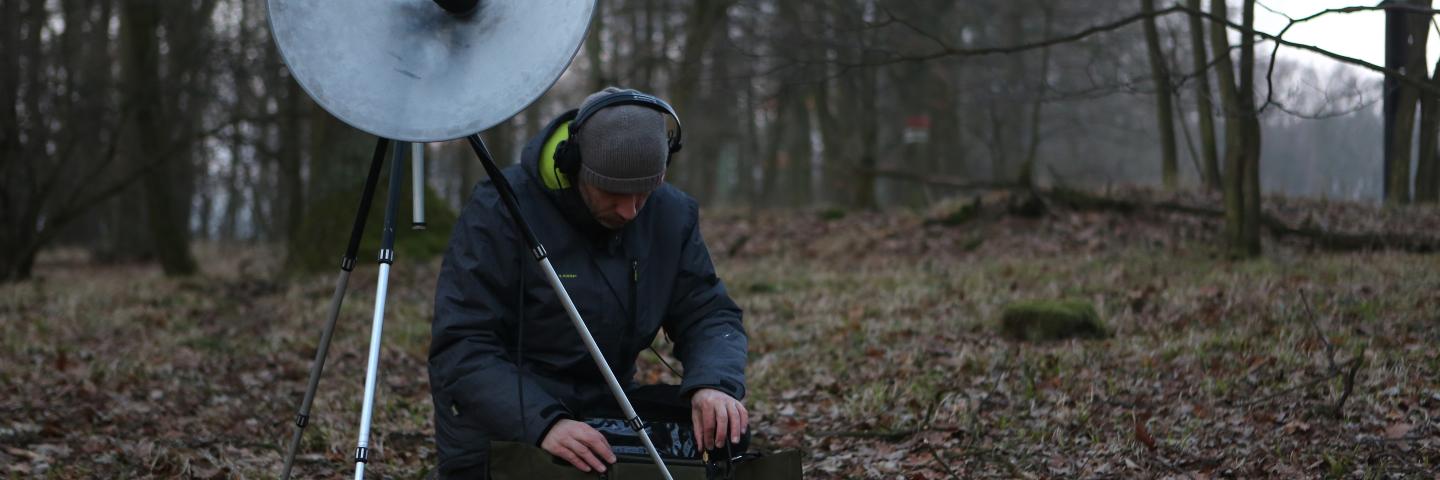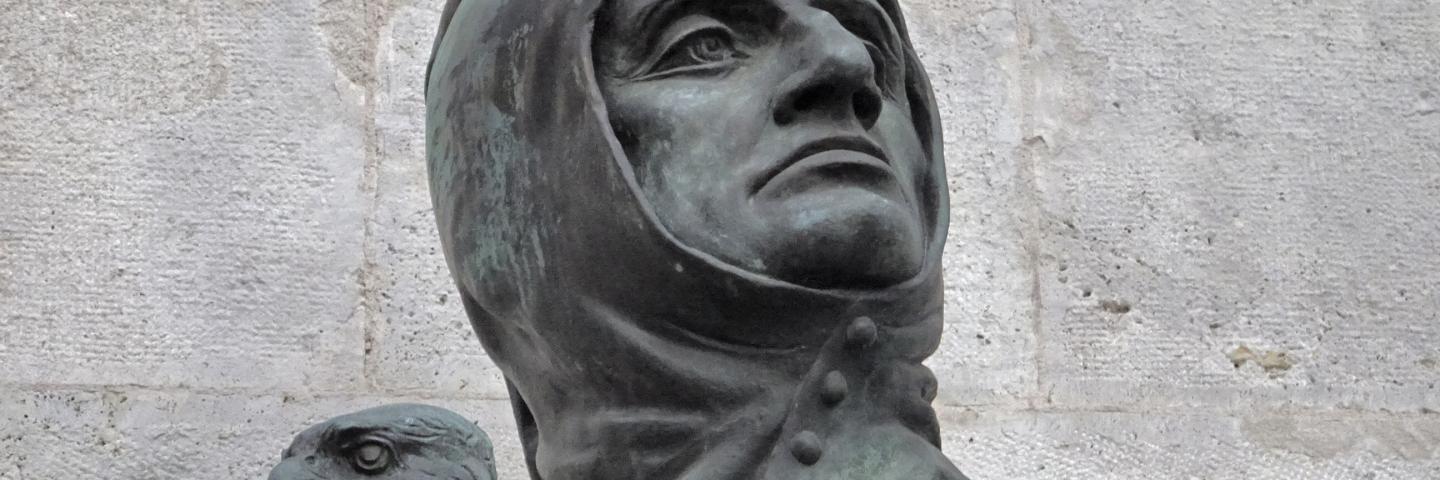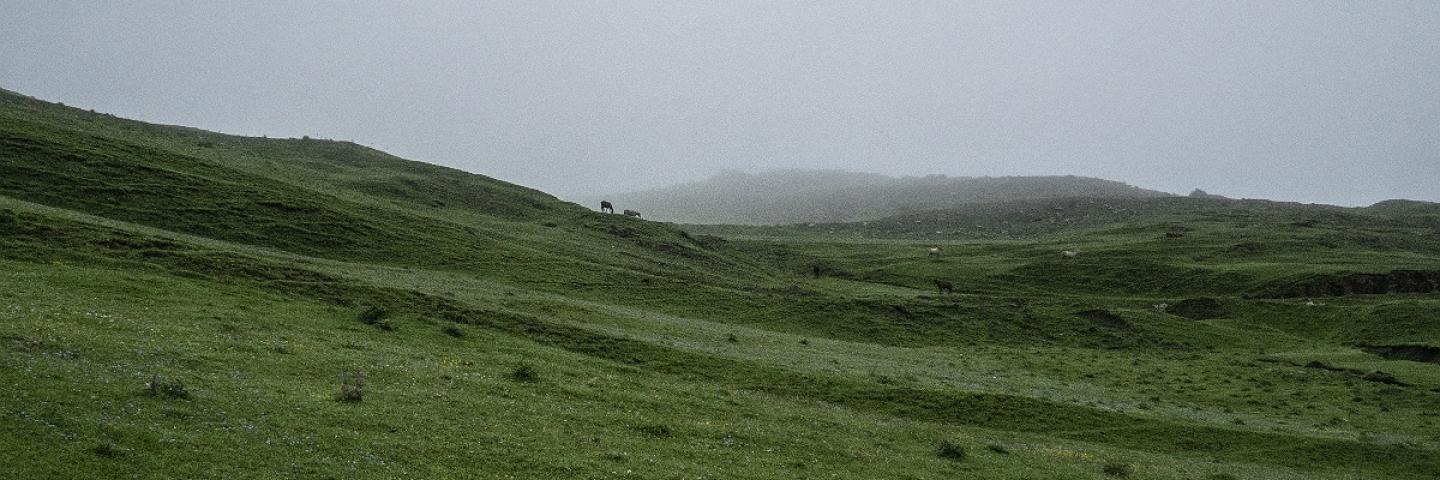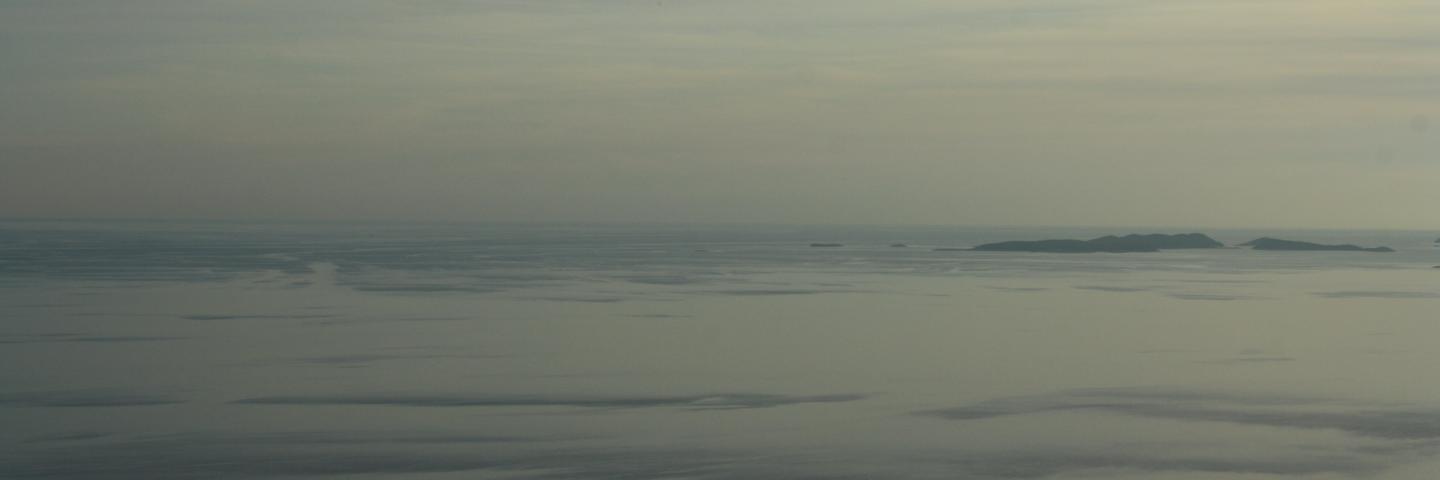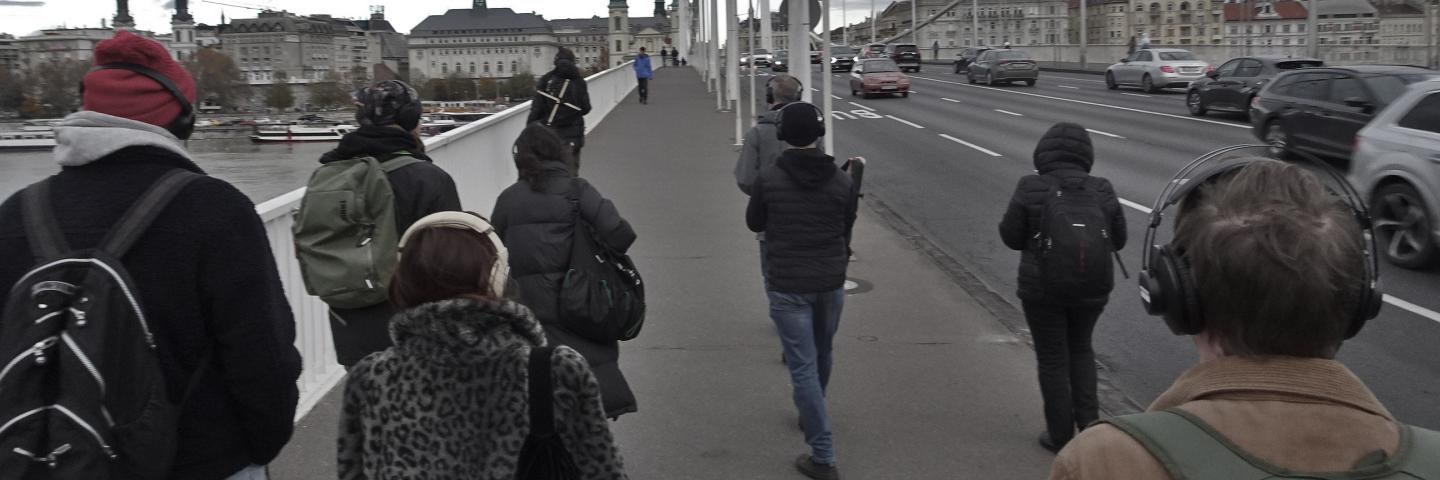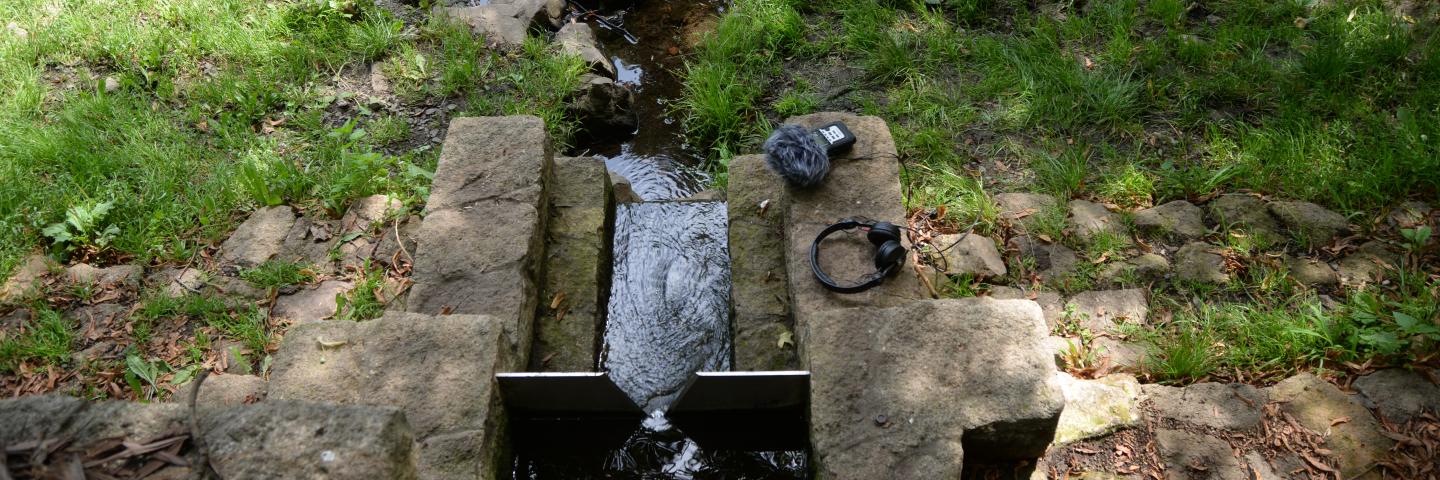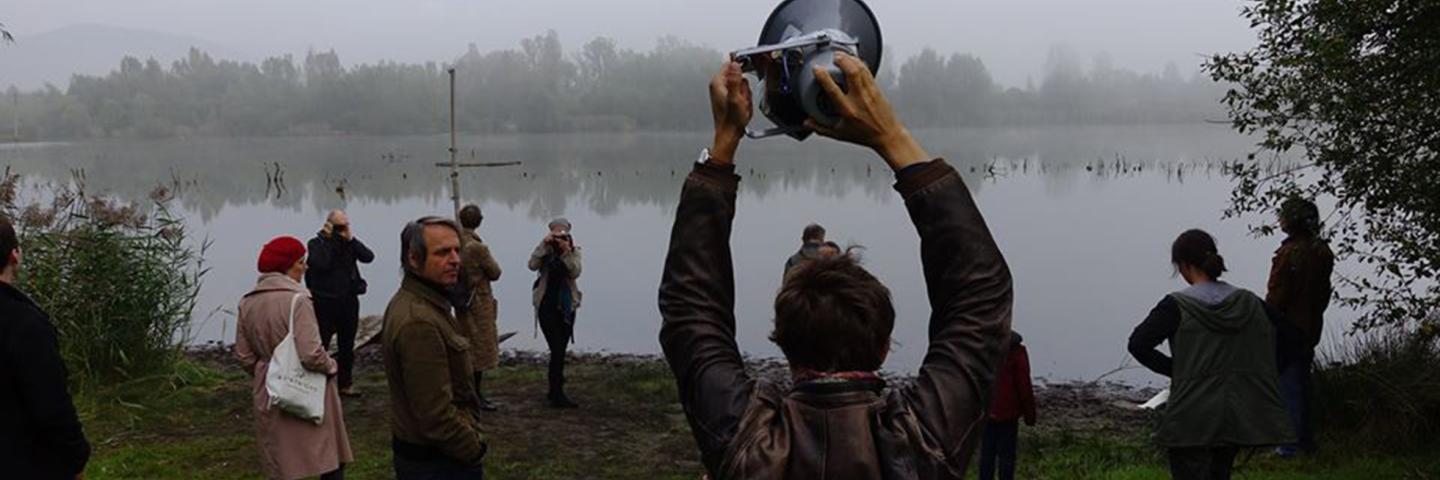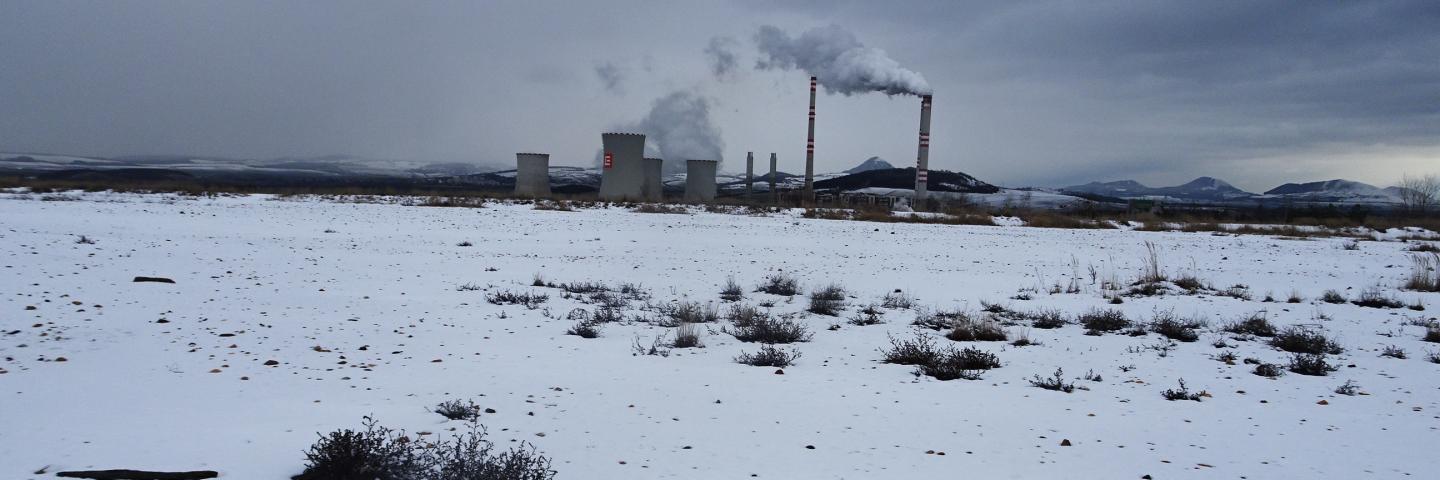Jean-François Augoyard

Jean-François Augoyard is senior researcher at CNRS in France. After studying philosophy (research on Giordano Bruno), aesthetics and musicology (Conservatoire National of Lyon and Gregorian Institute), he started teaching in the French national education system. He then carried out his doctorate in urban studies and practiced urban planning in Paris. In 1975, he started a new path as a researcher in urban sociology and environmental anthropology, while he continued teaching in several universities (Vincennes, Paris VI, Grenoble 2), and at the Graduate School of Architecture of Grenoble since 1976. In collaboration with Jean-Jacques Delétré, he created the Centre de recherche sur l’espace sonore CRESSON in 1979. Along with Jean-Pierre Peneau, he also created the Ambiances architecturales et urbaines Joint Research Unit (UMR — CNRS/Ministry of Culture) in 1998. He is co-director of a French doctoral programme on architectural and urban ambiances. Moreover, Jean-François Augoyard edited the “Ambiance, ambiances” collection for the A la Croisée Editions. Augoyard made himself known with a first book Pas-à-pas, essai sur le cheminement en milieu urbain (1979). Stemming from his doctoral thesis, defended in 1976 at the Université des Sciences Sociales of Grenoble, this book was part of a collective research dynamic that was particularly thriving at the time in Grenoble, at the crossroads between urban sociology and theories of social imagination. Step-by-step represents a seminal work that adopts a new scientific position, outlines a long-term research programme and foreshadows CRESSON’s future research works. Indeed, a fundamental side of the problem statements developed afterwards deals with the sonic environment. CRESSON (in its first designation) — clearly states the special interest given to this sensory modality. Sound here becomes both a field of empirical investigation and a specific way to question architecture, urbanity, sociability and environment. This field of research will represent the opportunity to develop a true interdisciplinary approach, at the crossroads between social science, design science and applied physical science.
